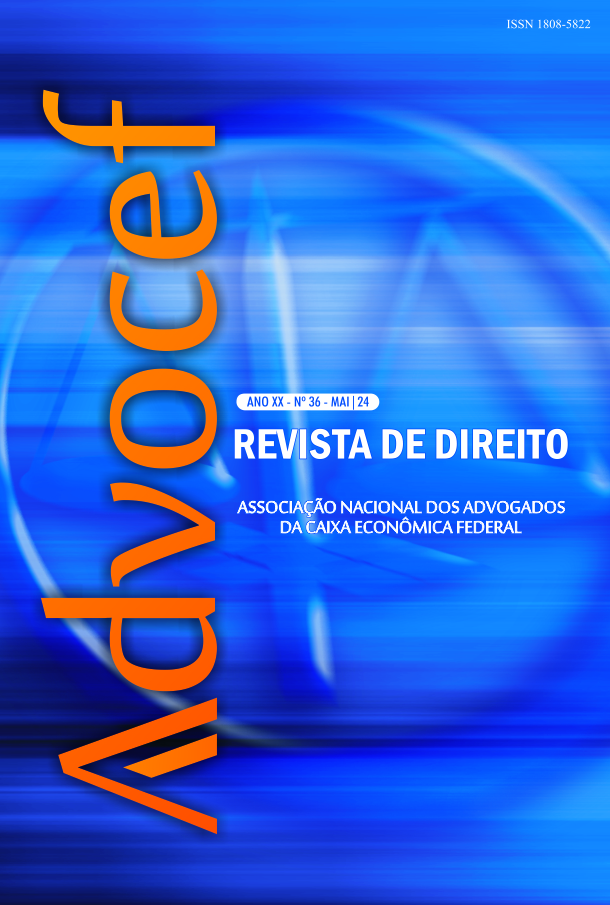A importância das medidas executivas atípicas na execução fiscal e na execução comum
Keywords:
atypical measures, Effectiveness of execution, Legality, ProportionalityAbstract
Despite the provision contained in item IV of article
139 of the CPC of 2015, about the possibility of applying
atypical executive measures, there is great resistance on
the part of the doctrine and the national judges.
Unfortunately in most jurisdictional provisions it is
reproduced that the application of atypical executive
measures affronts the principles of reasonableness,
proportionality, human dignity and less burden for the
debtor, without demonstrating that the adoption of the
aforementioned measures is effectively ineffective, too
costly and offensive to the debtor’s dignity. There is no
doubt that the majority position adopted so far deserves
to be urgently reviewed, not least because the atypical
executive measures psychologically pressure the debtor to
fulfill the obligation to the creditor, culminating in the
effectiveness of the execution. Otherwise, in the
enforcement process, not only the debtor’s dignity deserves
to be protected, as it routinely occurs, but it must also
ensure the creditor’s dignity, given that he may need credit
for his support or that of his family members. The
application of atypical measures in the scope of tax
execution is also of great value, as it is an efficient
instrument to compel the debtor to settle the tax debt,
which will be reversed in favor of the community. There is
interest from the whole society because the amount
collected for the public coffers through tax executions
make possible the effectiveness of the implementation of
public policies. Thus, the Judiciary should not deny the application of atypical executive measures and, with that,
remove from the creditor the legal mechanisms to pressure
the debtor to pay the credit object of the execution.
Downloads
Published
How to Cite
Issue
Section
License
Copyright (c) 2024 Revista de Direito da ADVOCEF

This work is licensed under a Creative Commons Attribution-NonCommercial-ShareAlike 4.0 International License.







